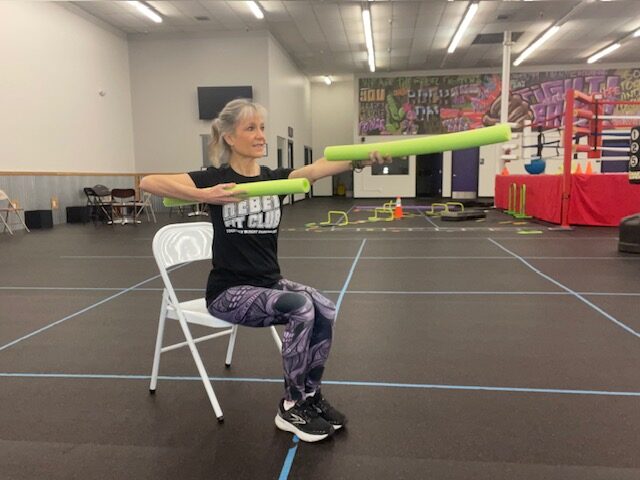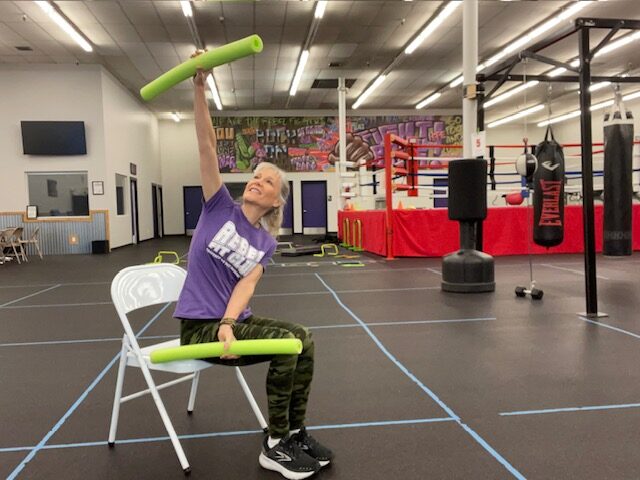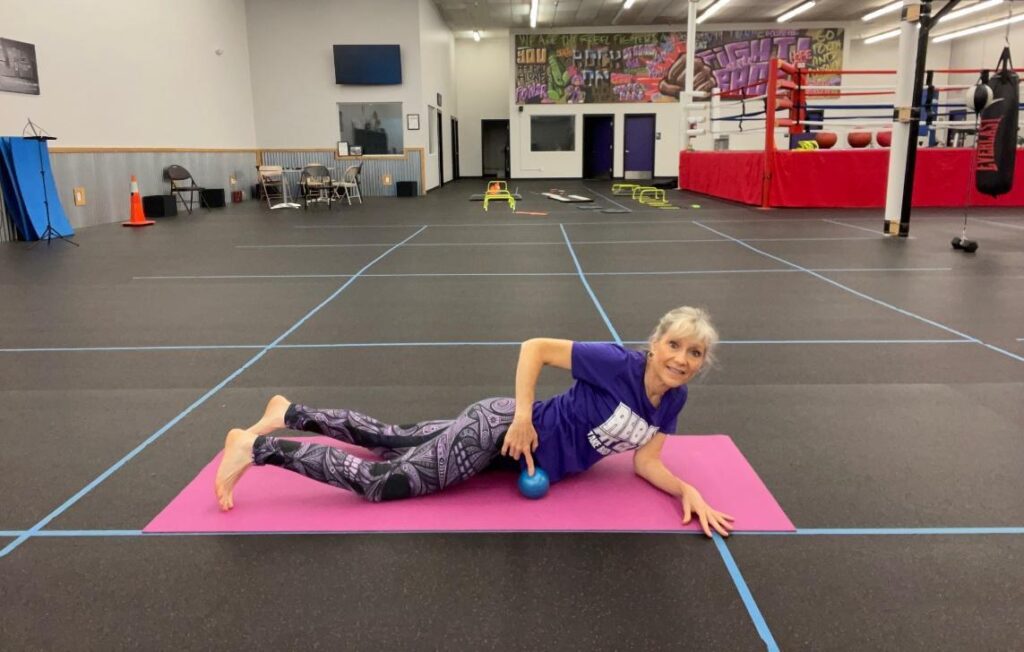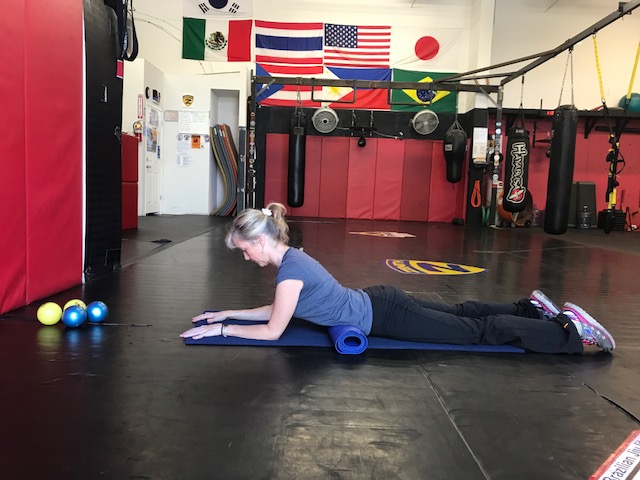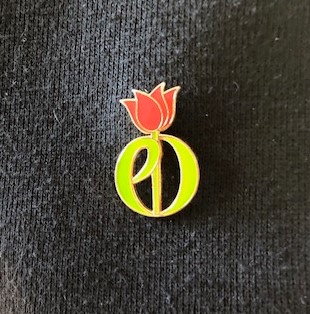
It is April, which marks Parkinson’s Disease Awareness Month, and I proudly wear my tulip pin every day. However, I still have so many people (with and without Parkinson’s) ask me what my pin symbolizes. I wanted to write this blog to ensure that my readers are among the people who can explain the story behind the Parkinson’s Tulip.
World Parkinson’s Day was instituted on April 11th, 1997 to commemorate the birthday of Dr. James Parkinson, the man who first formally identified the disease in 1817 (over 200 years ago!) in his work “An Essay on the Shaking Palsy.”
